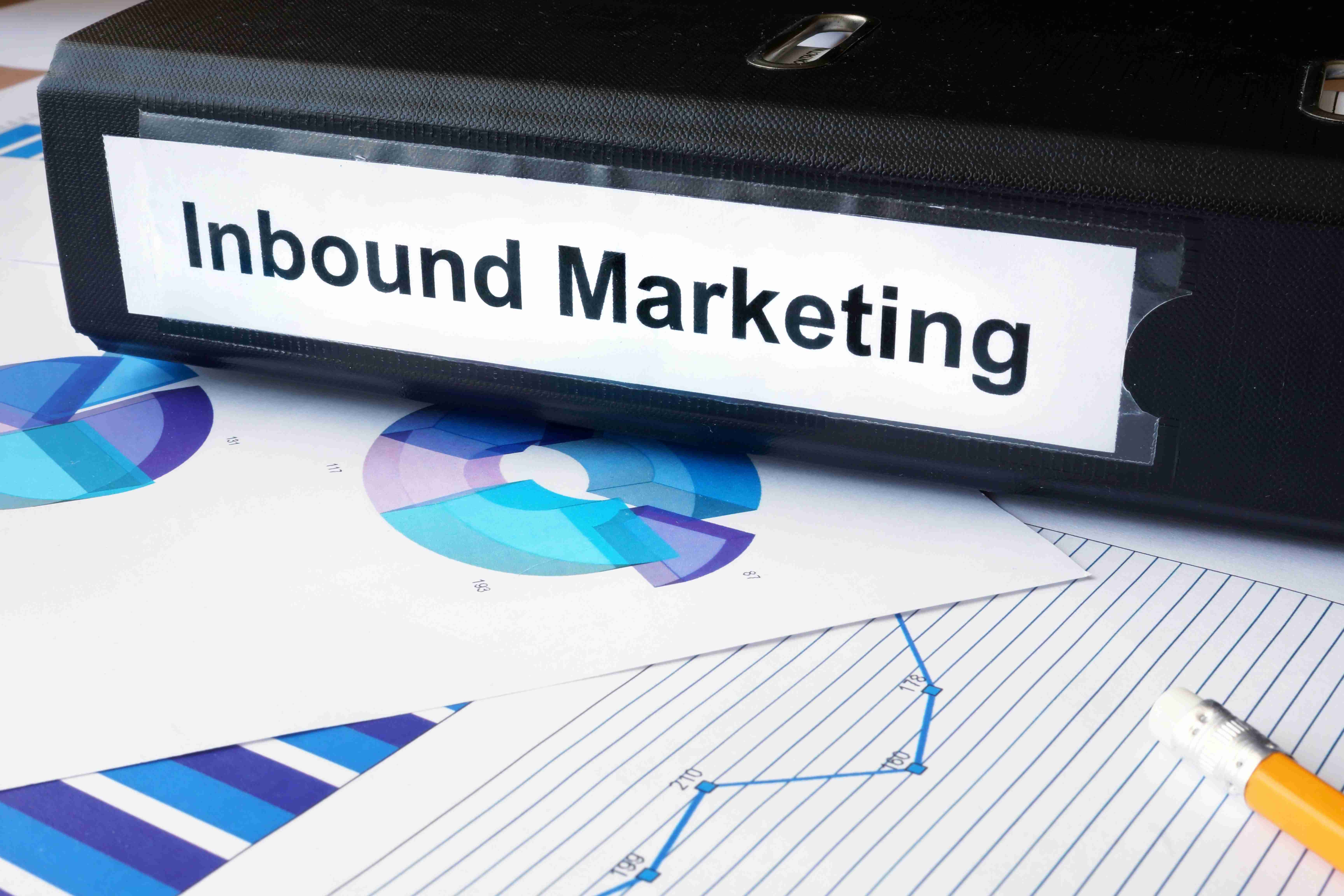SEO and inbound marketing are a powerful combination for driving traffic, nurturing leads, and ultimately boosting conversions. While SEO focuses on optimizing your website to rank well in search engines, inbound marketing attracts potential customers by offering valuable content that addresses their needs. This article will delve into how SEO can enhance your inbound marketing efforts, the best practices for integrating these strategies, and how you can utilize SEO to create an effective inbound marketing funnel.
Table of Contents
- Understanding SEO and Inbound Marketing
- The Role of SEO in Inbound Marketing
- Integrating SEO into Inbound Marketing Strategies
- Creating an SEO-Driven Inbound Marketing Funnel
- Latest SEO Trends to Enhance Inbound Marketing
- Conclusion
- About Don Hesh SEO
Understanding SEO and Inbound Marketing
SEO and inbound marketing share the common goal of attracting and engaging potential customers without interruptive advertising tactics. Inbound marketing revolves around providing relevant, helpful content to pull in visitors, while SEO optimizes that content to ensure it reaches a wider audience.
Key Elements of Inbound Marketing:
- Content Creation: Producing valuable content that addresses customer needs and pain points.
- Lead Nurturing: Building relationships with potential clients over time.
- Conversion Optimization: Turning engaged visitors into paying customers.
SEO’s Role:
SEO aligns with these inbound marketing goals by increasing your online store’s visibility and ensuring that people find your content when they search for relevant terms.
The Role of SEO in Inbound Marketing
SEO serves as the foundation for driving organic traffic to your inbound marketing content, helping you attract qualified leads who are likely to convert. Here’s how SEO directly supports each stage of inbound marketing:
1. Awareness Stage: Attracting New Visitors
By targeting keywords relevant to your industry and customer pain points, SEO helps attract potential customers who are actively looking for information or solutions.
- Tip: Focus on long-tail keywords and question-based searches to match search intent and capture users early in the buying journey.
2. Consideration Stage: Building Credibility and Engagement
SEO allows you to optimize blog posts, product pages, and resource centers that educate potential customers, helping to build trust and engagement.
- Tip: Use content clustering around main topics to build authority on specific subjects and improve site ranking.
3. Decision Stage: Encouraging Conversions
At this stage, SEO can be used to optimize product and service pages with keywords that reflect buying intent, helping visitors who are ready to make a purchase find what they need.
- Tip: Include clear calls-to-action (CTAs) and optimize for conversion-friendly keywords to drive more direct sales.
Integrating SEO into Inbound Marketing Strategies
Integrating SEO with inbound marketing requires a holistic approach, from content creation to technical optimization. Here’s how to align these strategies effectively:
Create Quality, Optimized Content
Quality content is the backbone of inbound marketing. SEO ensures that this content is discoverable, relevant, and authoritative.
- Actionable Tip: Conduct thorough keyword research to identify terms your audience is searching for. Use tools like Google Keyword Planner or Ahrefs for insights, and incorporate these keywords naturally into your content.
Build High-Quality Backlinks
Backlinks from reputable sources help improve search engine rankings and boost your credibility, which is essential for inbound marketing.
- Actionable Tip: Reach out to industry websites and blogs for guest posting opportunities, and create shareable content to encourage organic link-building.
Optimize for On-Page and Technical SEO
On-page SEO, like using appropriate headings and meta tags, enhances your content’s readability and relevance, while technical SEO ensures that your site runs smoothly.
- Actionable Tip: Conduct an SEO audit to check page load speeds, mobile responsiveness, and proper use of schema markup, all of which contribute to improved rankings.
Utilize Local SEO (If Applicable)
For businesses targeting local audiences, local SEO can attract customers in your area through optimized Google My Business listings and local keywords.
- Actionable Tip: Regularly update your Google My Business listing, encourage customer reviews, and use local-specific keywords to enhance visibility in local searches.
Creating an SEO-Driven Inbound Marketing Funnel
A well-optimized inbound marketing funnel begins with SEO and guides potential customers through a seamless journey from awareness to conversion. Here’s how to construct each stage:
1. Top of the Funnel (TOFU): Awareness
At this stage, the goal is to attract as many relevant visitors as possible. Content like blog posts, social media updates, and videos optimized for SEO can generate awareness.
- SEO Focus: Target broad, informational keywords that capture interest without overtly pushing a product or service.
2. Middle of the Funnel (MOFU): Consideration
This stage involves educating visitors and guiding them toward a solution. Use SEO to rank educational and comparative content, such as how-to guides, case studies, and whitepapers.
- SEO Focus: Use keywords that reflect research and consideration, often through content clusters or topic pillars.
3. Bottom of the Funnel (BOFU): Decision
Here, your aim is to help visitors finalize their purchasing decision. Product descriptions, service pages, and testimonials should be optimized for keywords with high buying intent.
- SEO Focus: Integrate conversion-friendly keywords and ensure that pages load quickly, are easy to navigate, and include CTAs for clear next steps.
Latest SEO Trends to Enhance Inbound Marketing
To stay ahead of the curve and maximize your inbound marketing results, consider the following trends in SEO that can strengthen your strategy:
1. User Intent and Content Relevance
Search engines prioritize content that aligns with user intent. Focus on creating high-quality, relevant content that addresses the needs and questions of your target audience.
2. Voice Search Optimization
With more people using voice-activated devices, incorporating conversational keywords and questions into your content can improve visibility for voice search queries.
3. Core Web Vitals
Google’s Core Web Vitals measure page experience, including loading speed, responsiveness, and visual stability. Optimizing for these factors not only benefits SEO but also enhances user experience.
4. Video SEO
Video content is increasingly popular, and it ranks well in search results. Optimizing videos on your website and YouTube channel with targeted keywords can drive additional traffic.
5. AI and Machine Learning in SEO
AI tools can assist in creating highly relevant content based on search trends and user behavior, allowing you to better tailor your inbound marketing materials to your audience’s needs.
Conclusion
SEO plays a vital role in supporting inbound marketing initiatives by enhancing visibility, attracting qualified leads, and nurturing potential customers through a well-optimized content funnel. By integrating SEO best practices across each stage of the inbound marketing funnel, business owners can achieve a powerful synergy that drives organic growth and increases conversions. Staying informed on the latest SEO trends and adapting them to your inbound strategy will help keep your business ahead of the competition and ensure long-term success.
About Don Hesh SEO
Don Hesh SEO is a leading SEO consultant and Google Ads consultant dedicated to helping businesses enhance their online presence and drive organic traffic. Our expertise in AI-driven SEO strategies ensures that your business stays ahead of the competition. Partner with SEO Sydney to leverage the latest AI technologies and achieve your SEO goals efficiently and effectively.



